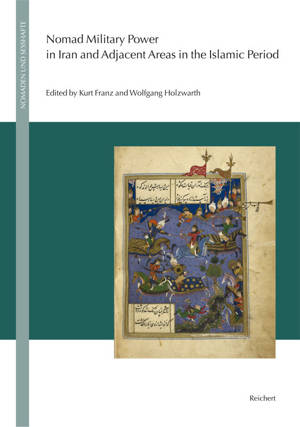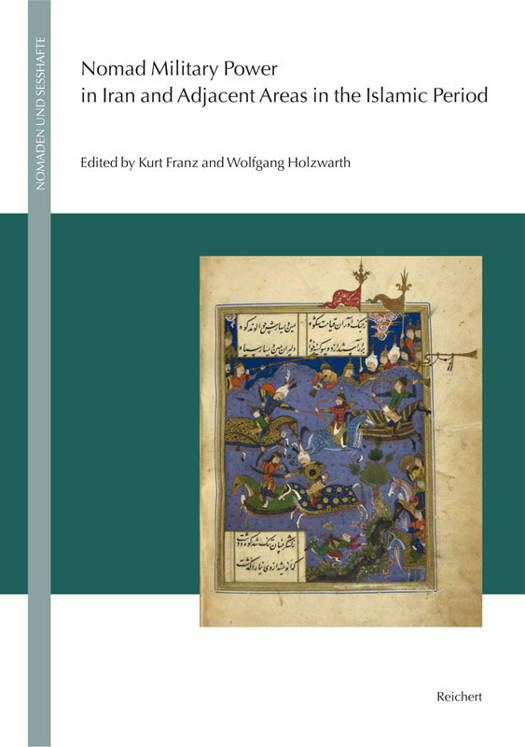
- Retrait gratuit dans votre magasin Club
- 7.000.000 titres dans notre catalogue
- Payer en toute sécurité
- Toujours un magasin près de chez vous
- Retrait gratuit dans votre magasin Club
- 7.000.0000 titres dans notre catalogue
- Payer en toute sécurité
- Toujours un magasin près de chez vous
Nomad Military Power in Iran and Adjacent Areas in the Islamic Period
249,45 €
+ 498 points
Description
In Central Asia, the Iranian highlands and the Near East, the impact of nomadic groups on the course of history was more felt than in other parts of the world. The Mongol Empire, which extended from Baghdad to the China Sea, is but one example of the successful military and political enterprises of nomad conquerors. This nomad power over the long period from the expansion of Islam to European colonial intervention, which includes the rise and fall of several Turko-Mongol empires, is the subject of this anthology. The research focus is directed primarily to the conditions in which nomad power developed in the context of interrelated nomadic and sedentary ways of life. These interrelationships have been an essential aspect of the Collaborative Research Centre "Difference and Integration" (SFB 586) project from which this volume emerges. As Iran and the adjacent areas have historically been characterized by a complex geo-spatial environment of mobile and sedentary groups and political associations, they are especially suited to enquiry in this context. Questions are particularly asked as to the circumstances, development patterns and effects of political and military alliances between nomadic and sedentary leaders or groups. Could nomad military power be enlisted in the strategies of sedentary rulers? What objectives did nomad allies pursue in these circumstances and with what, partly unexpected, results? The volume also investigates the transformations that took place in states that emerged from nomad conquests. What political and military roles did rulers of 'post-nomadic' sedentary states assign to the descendants of nomad conquerors? What roles did these groups claim for themselves? And did nomadic traditions linger on in these states? As well as the history of events and structures, contemporary conceptual approaches to nomad power and the visual representation of nomadic warfare in Persian miniature painting are also examined. The anthology thus sheds light on an important aspect of the history of Iran and neighbouring countries that has so far not been examined systematically. It will be of interest to specialists in Islamic history, particularly in Iran and Central Asia, and to any historian looking for a transregional perspective on mediaeval and early modern military history.
Spécifications
Parties prenantes
- Editeur:
Contenu
- Nombre de pages :
- 396
- Langue:
- Anglais
- Collection :
- Tome:
- n° 18
Caractéristiques
- EAN:
- 9783895009204
- Date de parution :
- 15-06-15
- Format:
- Livre relié
- Format numérique:
- Genaaid
- Dimensions :
- 178 mm x 244 mm
- Poids :
- 793 g

Les avis
Nous publions uniquement les avis qui respectent les conditions requises. Consultez nos conditions pour les avis.





